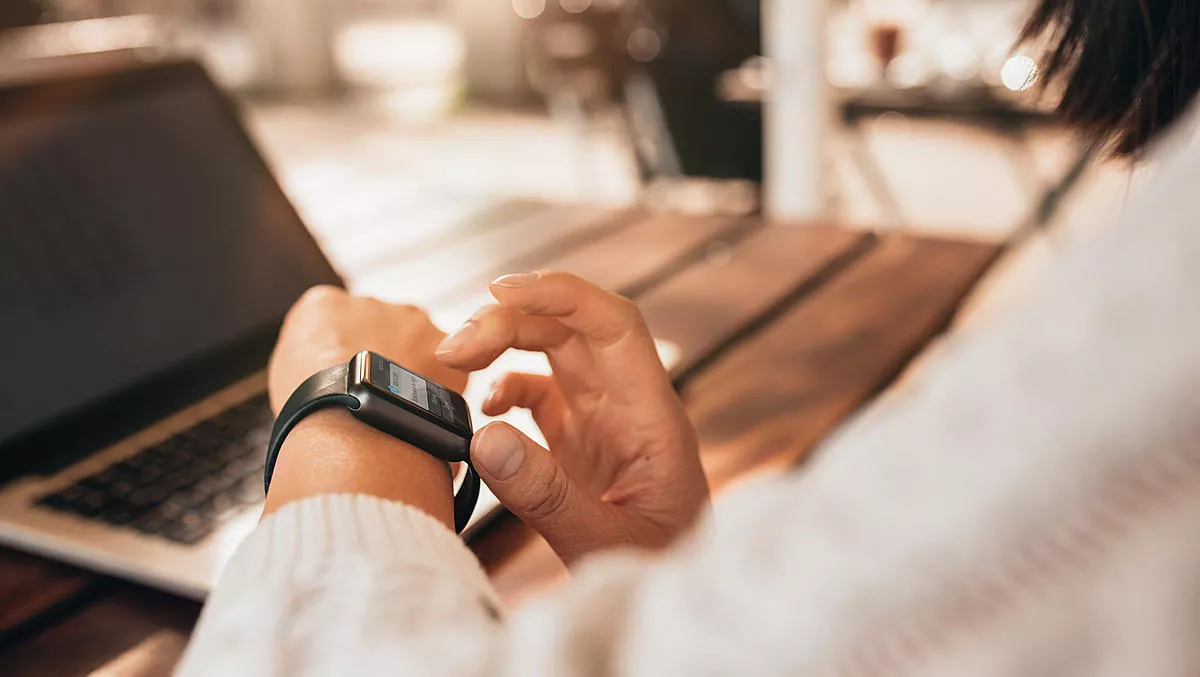
Google’s Fitbit acquisition under scrutiny
Google's announcement last year of its intent to purchase Fitbit is currently under scrutiny by the US Department of Justice.
If completed, the $2.1 billion acquisition would be the largest acquisition in the history of the wearables sector and will have substantial implications for a market that achieved a retail value of nearly $46 billion last year, according to a new report from Futuresource Consulting.
"Fitbit will fire up four cylinders of Google's business engine," says Futuresource Consulting research analyst Stephen Mears.
"On the OS front, Google's WearOS is losing out to Apple, Samsung and Fitbit wearables, with WearOS devices failing to capture significant market share. Fitbit could be the sail that steers the OS business. Google Assistant is likely to benefit too. Its integration into the next generation of Fitbit wearables will expand Google into a wider range of tech, as well as dislodging Amazon. Google also continues to invest in devices, such as the Pixel phone, and Fitbit is a piece of this puzzle, adding momentum to the company's ambitions to release a Pixel watch. Yet the most significant outcome of the acquisition is data. And this could be the sticking point that has prompted a second review from the Department of Justice.
As wearables are expected to capture increasingly rich data streams, Google is looking to access this for a variety of reasons, particularly in a move towards medical verticals.
Many consumer electronics vendors are already considering lucrative market opportunities within the medical space, and wearables could lower the barriers to entry.
"Whichever way the future is written, it's likely that Google will seek to retain the Fitbit name," says Mears.
"It has built up a wealth of brand equity, presenting a positive lifestyle image that consumers can relate to.
The ongoing effects of COVID-19 and extended social isolation in many countries means 2020 will be a challenging year for the wearables industry.
Declining categories such as activity trackers will see an acceleration in contraction, while growth in emerging categories will be muted.
However, Apple and Google are developing COVID-19 tracking features for phones and this feature does have a potential inclusion in wearable devices.
Buoyancy in the market this year will be almost exclusively due to hearables, though as the global market recovers from the COVID-19 pandemic, the growing smartwatch and kids' watch categories will also contribute to a robust total market volume growth of 24% 2020 to 2024 CAGR.
The wearables category will be the second largest of all consumer electronics markets, surpassed only by the smartphone industry.
"Wearables are continuing to fulfil a wide range of consumer use cases, making them increasingly appealing to a growing base of consumers," says Mears.
"Wearables are able to capture and track a broad range of data, from activity to sleep, and consumers are finding genuine benefits in this data. The movement towards health and wellness use cases, borne out of the existing activity and sports tracking capabilities of these devices, is really driving consumer uptake. Moreover, communication features such as LTE connectivity are also proving compelling to consumers.
While 2020 is set to be a tumultuous year for wearables, Futuresource expects the overall outlook for the industry to stay positive.
"The 2020s will really see the wearables category expand," says Mears.
"It is receiving a great deal of interest and investment from major brands, and its ability to fulfil a broad range of use cases means the category can provide something for everyone.

